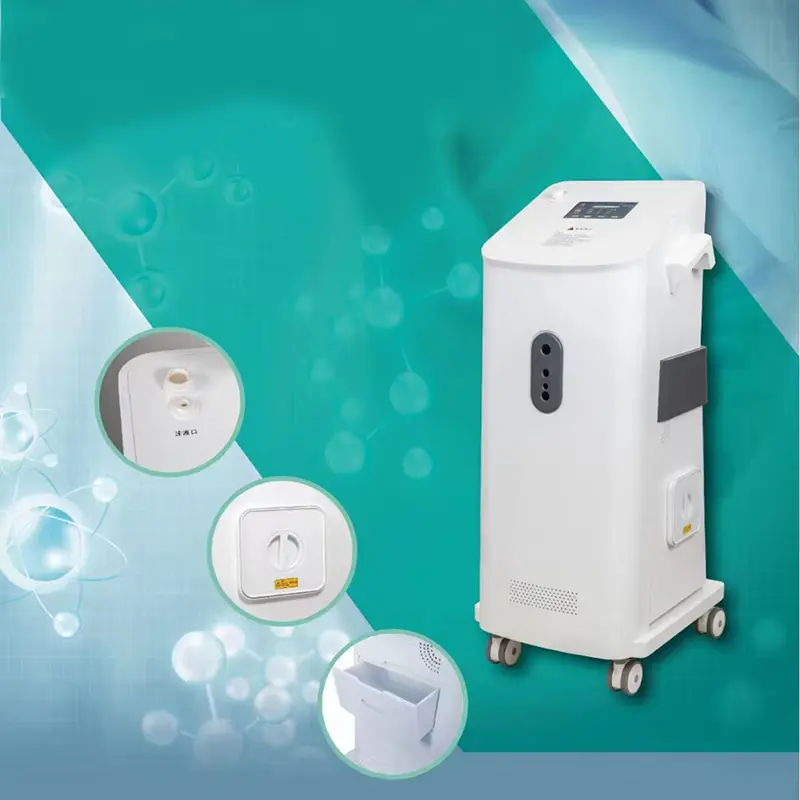Introduction
In the pursuit of clean and breathable indoor air, two popular devices have gained prominence — air purifiers and air sterilizers. While their names may suggest similar functions, there are fundamental differences between these devices in terms of their mechanisms and intended outcomes. This article aims to elucidate the differences between air purifiers and air sterilizers, shedding light on their distinct purposes and functionalities.
-
Air Purifiers: Filtering Out Contaminants
Air purifiers are devices designed to improve indoor air quality by removing various contaminants, such as dust, pollen, pet dander, mold spores, and allergens. They employ filters to trap and capture airborne particles, thereby reducing their concentration in the surrounding air.
Key Features of Air Purifiers:
a) Filtration Systems: Air purifiers utilize various types of filters, including High Efficiency Particulate Air (HEPA) filters, activated carbon filters, or electrostatic precipitators. These filters trap and remove particles of different sizes and substances from the air passing through the device.
b) Particle Removal: By efficiently trapping and retaining airborne particles, air purifiers can effectively reduce allergens, pollutants, and other irritants, improving indoor air quality and promoting respiratory health.
c) Odor Reduction: Some air purifiers employ activated carbon filters that can help reduce unpleasant odors caused by smoke, cooking, or pet-related issues.
d) Maintenance: Air purifiers typically require periodic maintenance, including the replacement or cleaning of filters to ensure their proper functioning.
-
Air Sterilizers: Eliminating Microorganisms
Air sterilizers, on the other hand, are designed to target microorganisms, such as bacteria, viruses, mold, and mildew spores, in the air. Rather than filtering particles, air sterilizers employ various technologies, such as UV-C light or ozone, to neutralize or destroy these microorganisms, rendering them inactive and unable to reproduce.
Key Features of Air Sterilizers:
a) Microorganism Inactivation: Air sterilizers utilize UV-C lamps, ozone generators, or other technologies to deactivate or destroy microorganisms in the air. UV-C light penetrates the cell walls of microorganisms, damaging their DNA or RNA, while ozone generators release ozone gas, which disrupts the cellular structure of microorganisms.
b) Germicidal Efficacy: By targeting microorganisms directly, air sterilizers effectively reduce the presence of bacteria, viruses, and other harmful pathogens, minimizing the risk of airborne transmission and promoting a healthier environment.
c) Odor Elimination: Due to the elimination of microorganisms, air sterilizers can help eliminate odors caused by bacteria, viruses, or mold.
d) Minimal Maintenance: Unlike air purifiers that require filter replacements, many air sterilizers have minimal maintenance requirements, making them convenient for long-term use.
-
The Distinction Between Air Purifiers and Air Sterilizers
The primary distinction lies in their mode of operation and intended outcomes:
a) Functionality: Air purifiers focus on capturing and filtering airborne particles, such as dust and allergens, while air sterilizers target microorganisms like bacteria and viruses, neutralizing them to create a healthier environment.
b) Particle Size: Air purifiers primarily address larger particles, while air sterilizers are effective in neutralizing smaller microorganisms that can pose health risks.
c) Odor Reduction: Both air purifiers and air sterilizers can reduce unpleasant odors. Air purifiers achieve this by capturing odor-causing particles, while air sterilizers eliminate odors by neutralizing the microorganisms responsible for producing them.
-
Complementary Use
To achieve comprehensive air quality improvement, some individuals choose to combine the use of air purifiers and air sterilizers. Integrating both devices ensures a multi-faceted approach, targeting a broader range of contaminants and microorganisms for more thorough air purification.
-
Considerations and Appropriate Use
When selecting an air purifier or air sterilizer, there are several factors to consider:
a) Purpose and Goals: Assess the specific needs and desired outcomes. Determine whether particle filtration or microorganism elimination is of greater importance.
b) Indoor Environment: Consider the size and layout of the space, as well as specific indoor air quality concerns, such as allergies, asthma, or mold issues.
c) Safety Precautions: Follow the manufacturer's instructions and precautions for safe operation, particularly with regard to UV-C light or ozone generation.
d) Maintenance and Operating Costs: Consider the maintenance requirements, including filter replacement or UV-C lamp lifespan, as well as the associated costs of the chosen device.
Conclusion
Both air purifiers and air sterilizers play crucial roles in enhancing indoor air quality. Air purifiers help remove particles and allergens, whereas air sterilizers are specifically designed to neutralize microorganisms. Understanding the differences between these devices allows individuals to select the most appropriate option or even consider using them in tandem. By incorporating air purifiers or air sterilizers into our indoor spaces, we can create cleaner and healthier environments, reducing the potential risks associated with airborne pollutants, allergens, and microorganisms.
